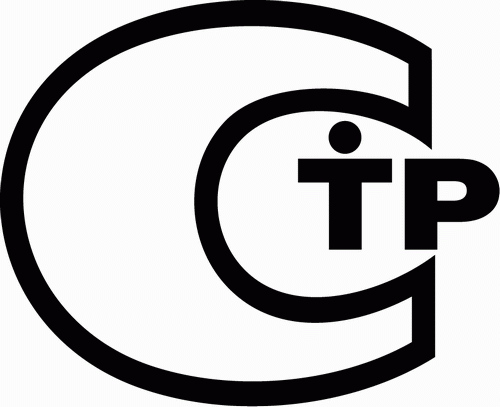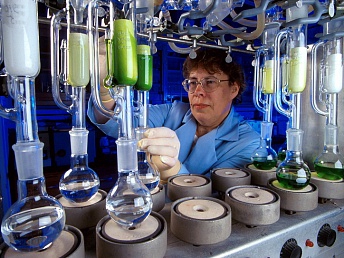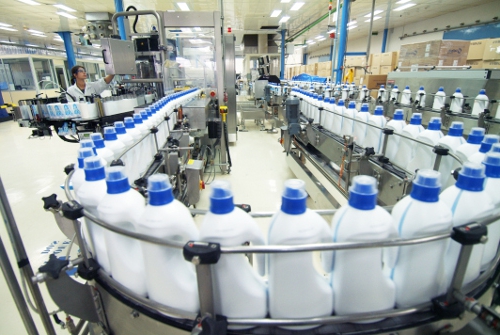According to the Federal Law "On Technical Regulations", standards for a certain category of objects that are mandatory for execution and application are established. These include structures and buildings, products, production and operational processes, operations for disposal, sale, transportation, storage. Let us further consider what are the requirements of technical regulations. 
History reference
The technical regulation was supposed to replace the previous standardization system. The fact is that the current GOSTs have ceased to comply with modern standards. This has led to the fact that the mandatory certification procedure has become a formal process. Authorized bodies have always had the opportunity to identify any "inconsistencies." As a result, products were usually certified for a bribe. The term "technical regulation" was first introduced in Russia by a change in GOST R1.0-92. This happened in 1996. A technical safety regulation is a document that establishes the characteristics of products or services, associated production methods and processes. A regulation may include standards for symbols, packaging, terminology, labeling or labeling. In 2003, the Law on Technical Regulation came into force. He provided for the replacement of tens of thousands of SanPiNs and GOSTs with new documents.
Normative base
It was assumed that technical regulations would be introduced with a direct action federal law. This was to deprive departments of the opportunity to form additional administrative barriers. Some laws set standards for processes and products. In particular, Federal normative act No. 69 defines fire technical regulations. The norms are established by other documents, including by-laws. In particular, the technical regulation may be approved by government decree, presidential decree. This is necessary to accelerate the adoption of the necessary standards and norms. 
Appointment
Technical regulation is a document that is adopted in a special order and set out accordingly. Such acts are adopted strictly for a specific purpose. For example, the technical fire safety regulation is aimed at protecting the health and life of people, property belonging to citizens or organizations, the state or municipal government. The documents are also called upon to protect the environment and preserve fauna and flora. A number of technical regulations are aimed at preventing actions that may mislead consumers. Such documents, in particular, relate to the quality of manufactured products, services or work performed. The adoption of regulations for other purposes does not allow legislation. 
Specificity
Technical regulations establish the minimum necessary requirements by which the negative impact of processes and products is eliminated. The law on technical regulation establishes a number of categories. In particular, in Art. 7, p. 1 is a list types of security (thermal, industrial, biological, fire and others). Here you should pay attention to one caveat. Art. 7 does not include information and environmental security issues. Could this mean that the said Law applies to other categories not prescribed in it? Summarizing the normative act, we can conclude that the specified in Art.7, the list should not be considered exhaustive. This is due to the fact that in Art. 8, p. 4 there are indications of environmental safety not contained in the list. It should also be noted that the documents establish the minimum necessary standards and norms. This suggests that the contracts can provide for higher requirements. Another important point relates to product performance. They must be established by the regulations without fail. As for the standards for execution and design, they are approved if necessary. For example, these may be cases where, due to the lack of relevant requirements, taking into account the risk of probable harm, the goals of adopting the technical regulations established in Art. 6, paragraph 1 of the relevant Law. 
Limitability
The requirements of technical regulations cannot create obstacles to the implementation of commercial activities by enterprises to a greater extent than is minimally necessary to achieve the goals of approving standards and norms. In other words, the adoption of acts can lead to a legitimate restriction of the freedom of entrepreneurs, since it will be based on the Federal Law and executed in accordance with the purpose. The restrictions should be necessary and proportionate in order to protect the interests and rights of third parties.
Content Features
The technical regulations should include lists of the processes of storage, production, utilization, transportation, operation, sale, manufactured products, regarding which a particular standard or norm is established. In addition, the document contains a procedure for identifying certain objects. These requirements are present in Art. 7, paragraph 3 of the Law, providing technical regulation. In Art. Table 5 shows other categories to which the requirements may apply. So, for example, individual requirements for packaging, terminology, labels and markings, the rules for their application provide protection for certain categories of citizens. 
Application
Technical regulations are used in a uniform manner. It does not matter the country or place of origin of the goods, the implementation of the processes of operation, storage, transportation, sale, release, disposal. The application of technical regulations is carried out without taking into account the features and types of transactions, categories of legal entities or individuals acting as manufacturers, sellers, performers, consumers, taking into account the provisions present in Art. 7, paragraph 9 of the Federal Law on Technical Regulation.
Finally
The technical regulations adopted by a government decree or federal law shall enter into force no earlier than six months from the date of official publication. The approved document is mandatory for execution throughout the country, by all categories of citizens and organizations of various forms of ownership. For violation of accepted norms and standards, the law provides for liability. The Russian Federation has signed an international agreement on technical regulations, which has been ratified by domestic regulations. This means that the issue of compliance with standards is regulated not only within the country, but also beyond its borders. This, in particular, is relevant for enterprises engaged in the supply of their products abroad, as well as importing goods into Russia. The adoption of technical regulations to some extent tightened quality control, while making norms and standards more accessible to understanding. Thanks to this, the implementation of the requirements has become clearer. The effectiveness of the fulfillment of requirements is achieved through established measures of responsibility for certain violations.



